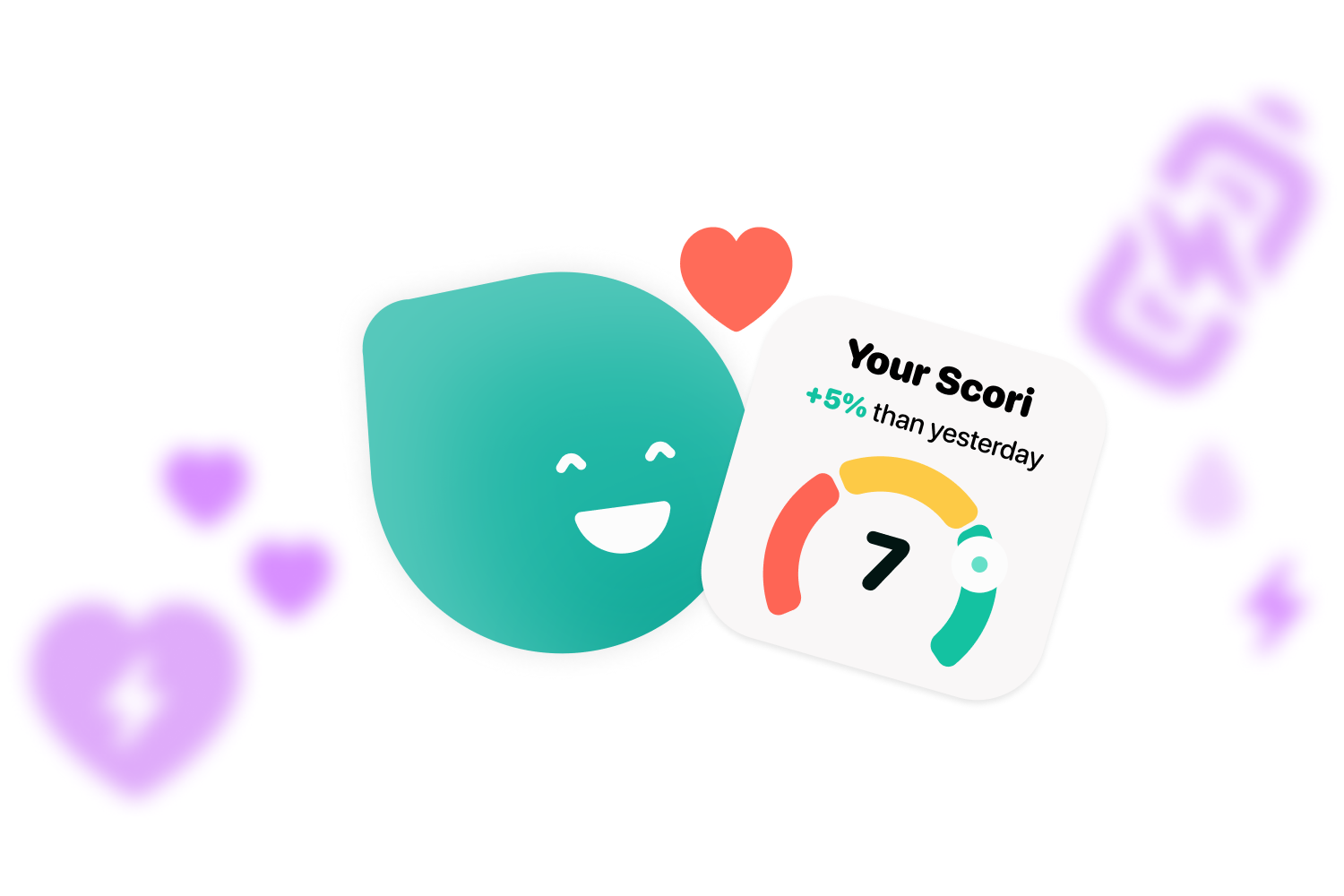We already knew that the myth of not being able to eat sugar with diabetes is false. But, do you know what you should control if you have diabetes?
Controlling food is essential if you have diabetes. This is the main cause of blood glucose variations. However, along with what we eat or what we don’t eat, another crucial element comes into play: the glycemic index. This metric is closely related to blood glucose levels and how the body controls them. Do you want to know why?
What is GI?

To understand why this term is important if you have diabetes, you first need to know what it means. The glycemic index (GI) is primarily an indicator. It measures how fast the body responds to a food that has carbohydrates in it. In other words, how long it takes for carbohydrates to be converted to sugar.
You may ask, how is this measured? Well very simply, with a scale. Each food has a number between 0 and 110 depending on how fast it converts to sugar. The faster it is absorbed, the higher the number.
The glycemic index is very useful for diabetes. It will help you plan your diet and avoid any possible sugar spikes or crashes.
Let’s put a practical case. Imagine you are eating. If all carbohydrates have a low GI your glucose will rise very slowly. This happens because it takes time for the food to convert to sugar. To avoid this, we may want to eat something with a high GI first so that it acts quickly. This will prevent our blood glucose levels from falling.
Monitoring your blood glucose levels with assistants like Cori will make it very easy for you to start understanding how different carbohydrates affect you and how long it takes for each carbohydrate to convert into sugar.

Become a diabadass!
Join our weekly newsletter and learn
all the tips and tricks.
People with diabetes are especially vulnerable to the dangers of colds and the flu, but there are things you can do to control your symptoms and avoid getting sick in the first place. You may maintain your health even when you’re feeling under the weather by constantly monitoring your blood sugar levels, staying hydrated, getting enough of rest, and adhering to your diabetes management plan. Additionally, you may lower your risk of getting sick and safeguard yourself from any problems by maintaining proper cleanliness, being vaccinated, and generally maintaining good health. Make sure to discuss any worries you may have with your healthcare team for advice and support if you have diabetes and are worried about managing colds and the flu.
How much is a normal GI?

Foods, according to their GI, can be separated into three groups:
- Low: if it has a GI of 0 to 55.
- Medium: if it has a GI of 56 to 69.
- High: if it has a GI of 70 to 110.
Those foods that have a low glycemic index are usually the healthiest. For example, cherries (22), cucumber (15) or zucchini (15). **Brown rice (68), couscous (65) or bread with grains (53) have already a medium GI. And white rice (73), white wheat bread (75) or cornstarch (85) are carbohydrates that have a high index and should be consumed with moderation.
Can I change the GI of foods?

Every food has its own glycemic index. But, if we eat a dish with several ingredients, we can modify its GI in many ways.
The order of foods modifies the speed of absorption
When you have diabetes, how foods are eaten changes the speed of their conversion to sugar.
Eat high fiber or low glycemic index foods first. For example, greens or vegetables. This way if you then eat things with a high GI, they will get absorbed more slowly. As a result, your blood glucose levels will remain more stable.
How carbohydrates are prepared also affects
How carbohydrates are prepared can also affect their GI. Al dente pasta, for example, takes less time to digest than if it is cooked. **Fruit is also a very curious case. If we eat the fruit directly, it has less GI than if we make a juice with it. That happens because the fiber is removed when juicing.
Fat slows down the glycemic index.
Fat slows down the digestion process. So, if we eat carbohydrates after high fat foods, they will digest slower.
Starch increases the speed of absorption.
Pasta, bread, potatoes and many other foods contain starch. This component significantly increases the glycemic index of meals. One way to reduce it is to put them in the refrigerator after cooking them and when we want to eat them, reheat them again.
Mix foods so that their GI is lowered
If you have to eat a carbohydrate that has a high GI and you want to lower it, you can do it very easily. Just mix it with other carbs with lower GI, this way, the total glycemic index of the dish will be less. For example, you can add a couple of handfuls of lentils to rice to lower its GI.
If you found this article on the glycemic index interesting, don’t miss our social media: Instagram, Twitter, Facebook or LinkedIn.




